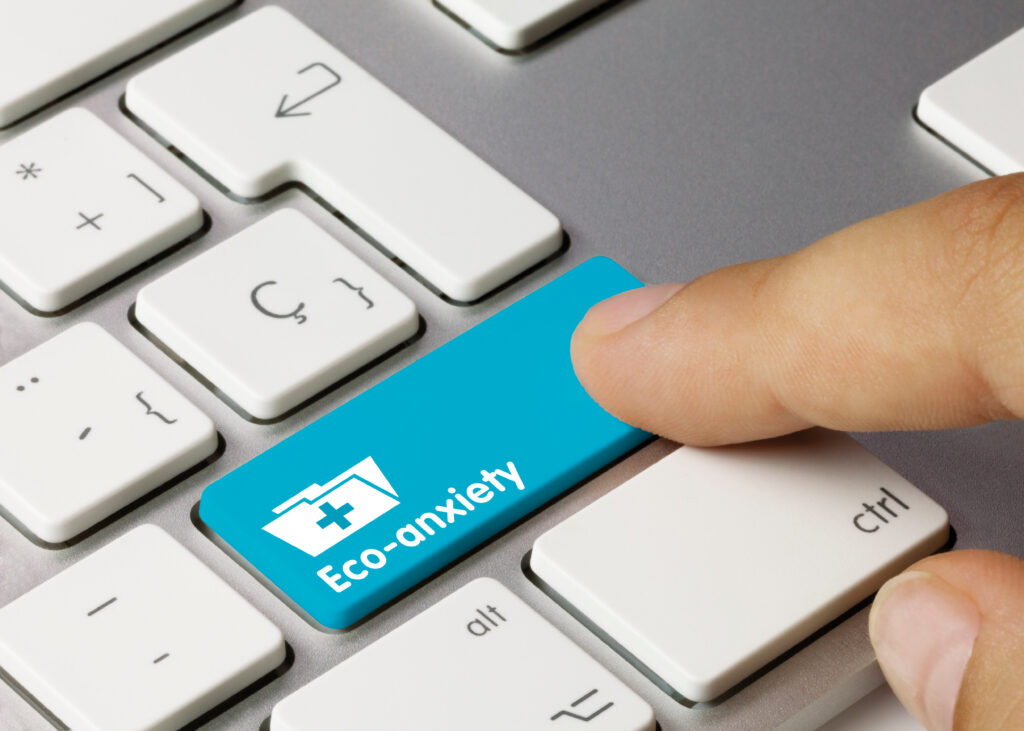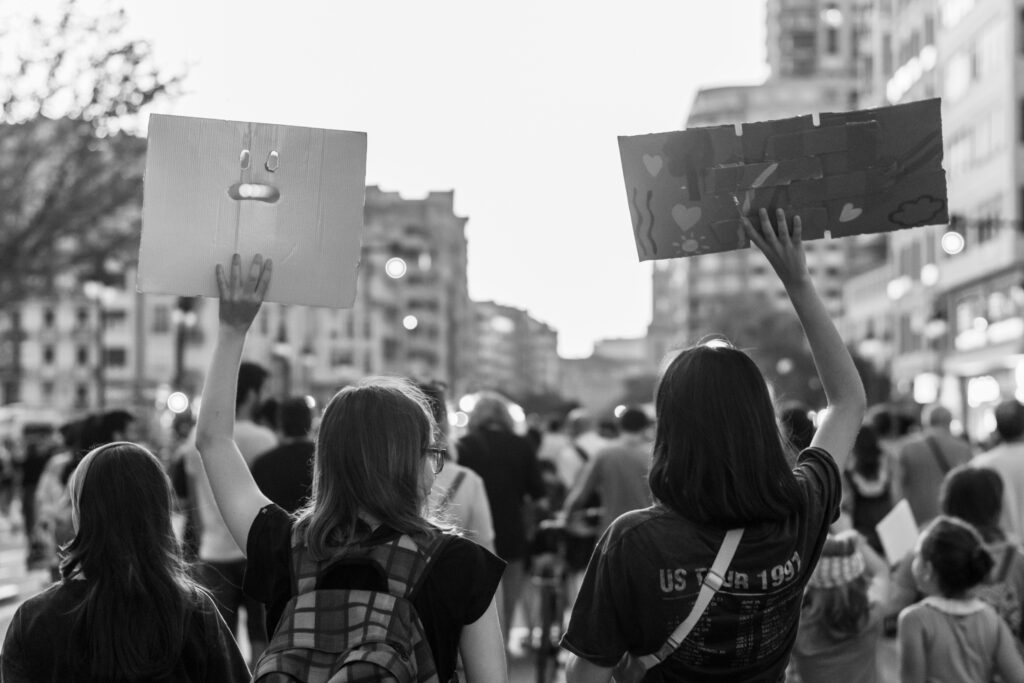For many of us, it can be difficult not to throw up our hands at the supermarket when we see people still using plastic bags. Or not to break down in tears when, over Thanksgiving dinner, we talk to a family member who still denies climate change. Such trying experiences often culminate in a mindset known as “eco-anxiety.” Eco-anxiety, or “climate dread,” is not yet classified as a disease, but it has been recognized by the American Psychological Association (APA) as a state of mind that can lead to real psychological disorders. They define eco-anxiety as “the chronic fear of environmental cataclysm that comes from observing the seemingly irrevocable impact of climate change.” This fear results in an “associated concern for one’s future and that of next generations.”
In a recent article titled “Climate Optimism,” The New York Times writer German Lopez refers to a study that found 75% of young people fear a future where climate change is a more tangible reality. The study found that 39.1% of those interviewed are hesitant to have children, and 55.7% believe that humanity is doomed. These feelings were shared across a diverse range of countries, including Finland, the United States, Nigeria, and India. Experts agree that such hopelessness can lead to inaction and paralysis when it comes to nurturing a more sustainable future.

Lopez goes suggest that eco-anxiety can not only be a barrier to collective action, but it might also be somewhat unwarranted. In reviewing the projected effects of climate change, he suggests that “while the best outcome now seems doubtful, so does the worst.” Lopez points to increased government expenditures on clean energy and the fact that in many places, sustainable energy sources like solar and wind are now cheaper than coal and gas. But, he concludes that attaining a more positive future demand that we take action now, with more focus on systemic rather than individual action. This means getting involved with politics, including at the local level.
Though climate change might not manifest in the ways that some sensationalist media sources claim, there is no way around the fact that the world as we know it will change. Natural disasters will increasingly become part of life. Sea levels will rise. We will run out of non-renewable resources. So now is the time to accept these facts and do our best to prevent the worst from happening.*

As awareness around eco-anxiety grows, counselors are prescribing numerous reactionary solutions. Suggestions include focusing on individual environmental efforts (such as recycling and limiting plastic usage), as well as traditional approaches to anxiety (like emotional regulation). But we would do well to simultaneously redirect our attention to the progress we can still make if we work together in an atmosphere of hope and positivity. In the words of Franklin D. Roosevelt, “the only thing we have to fear is fear itself.”
*It is also important to prepare ourselves mentally for the challenges that will arise. Of course, we should quell the rising eco-anxiety currently affecting people worldwide. But we should also be proactive in caring for mental health in order to prevent future issues like solastalgia, which refers to the psychological disorders affecting many victims of natural disasters.
 Food
Food Farmers
Farmers Sustainable Living
Sustainable Living Living Planet
Living Planet News
News